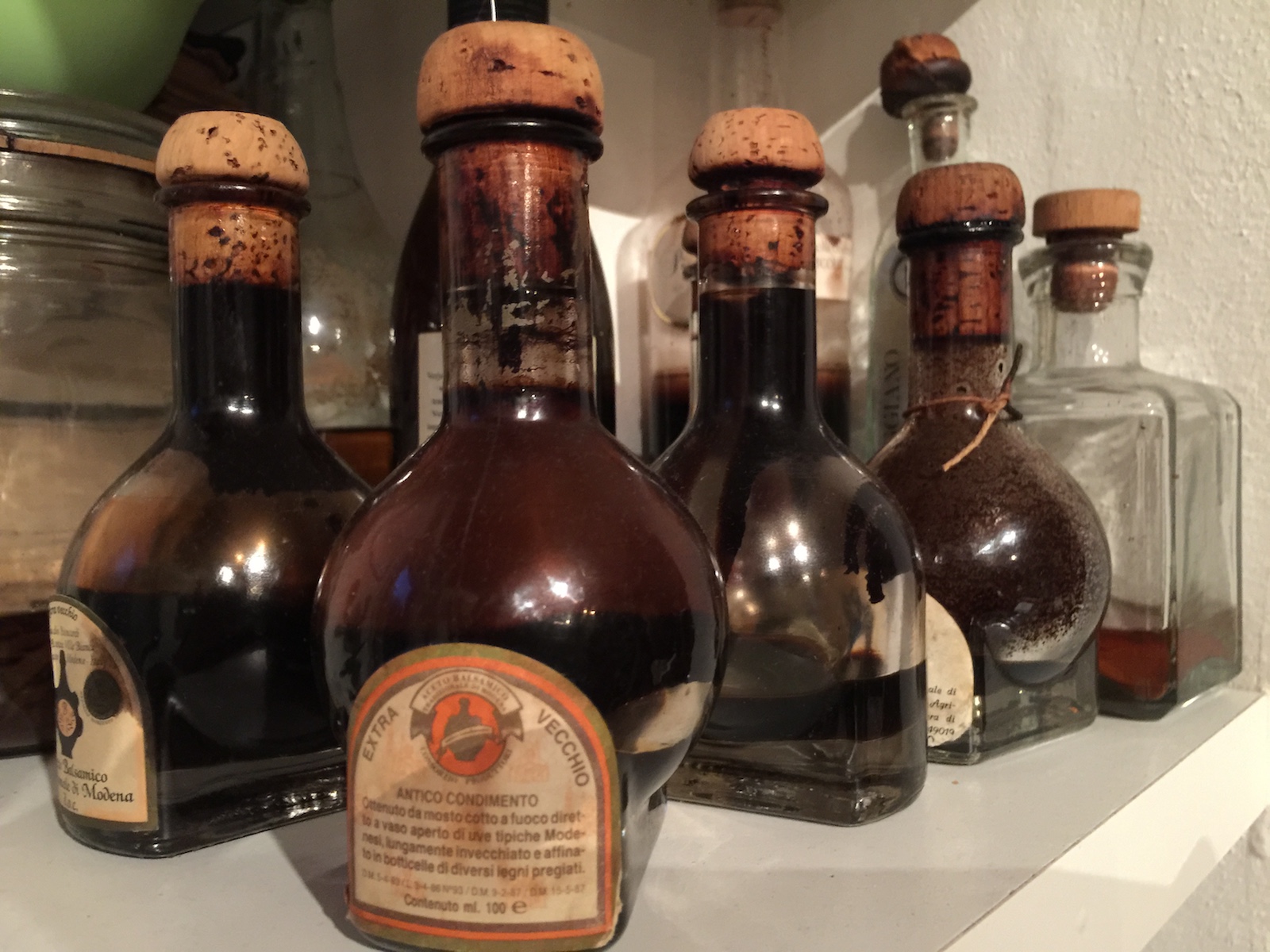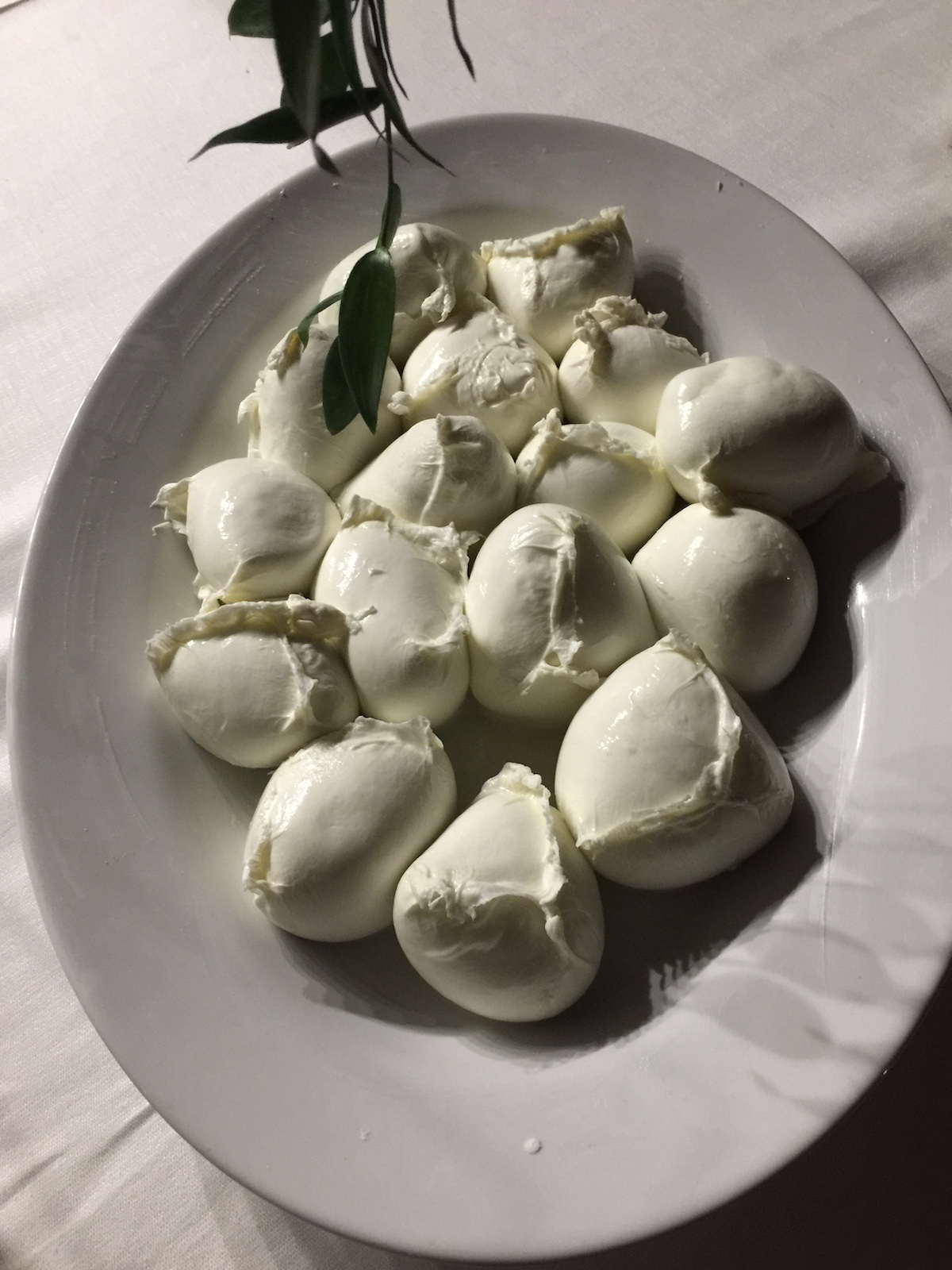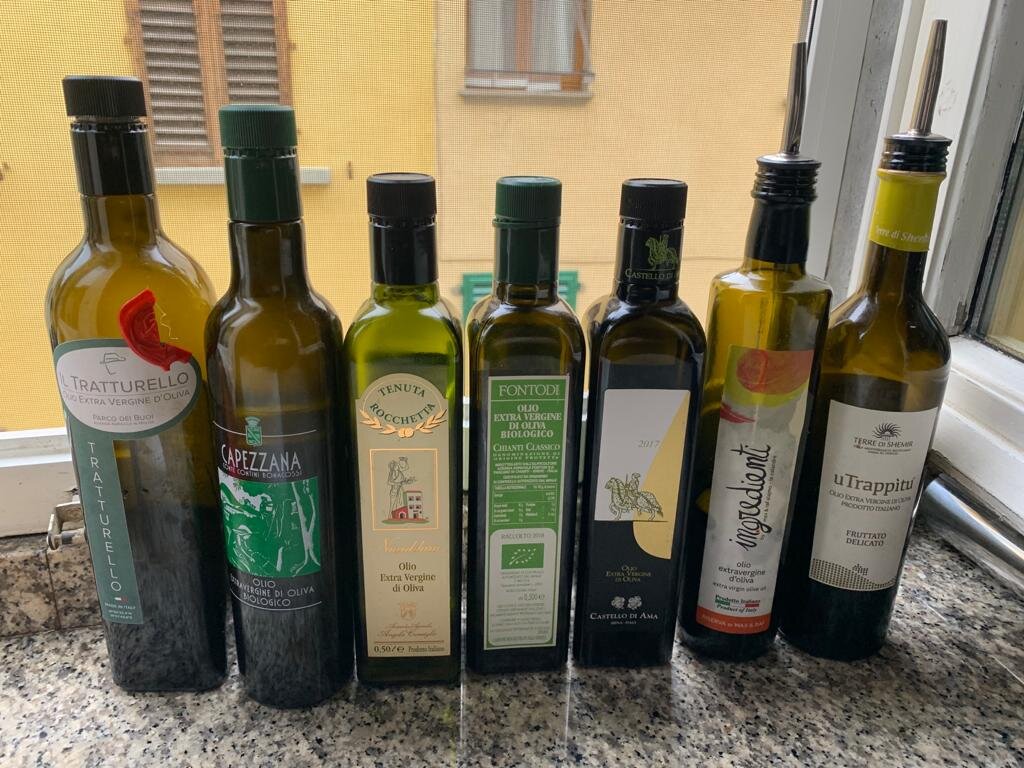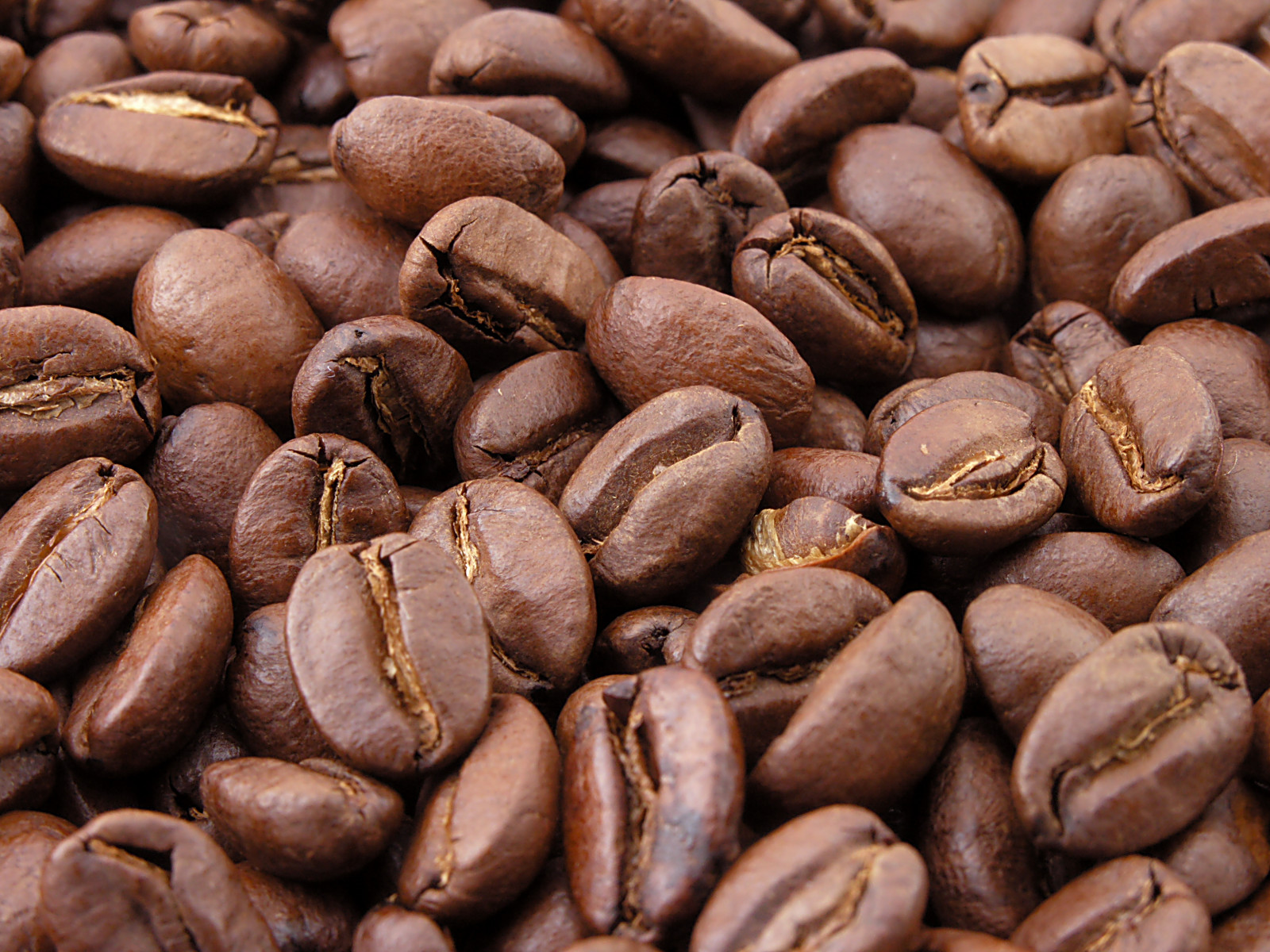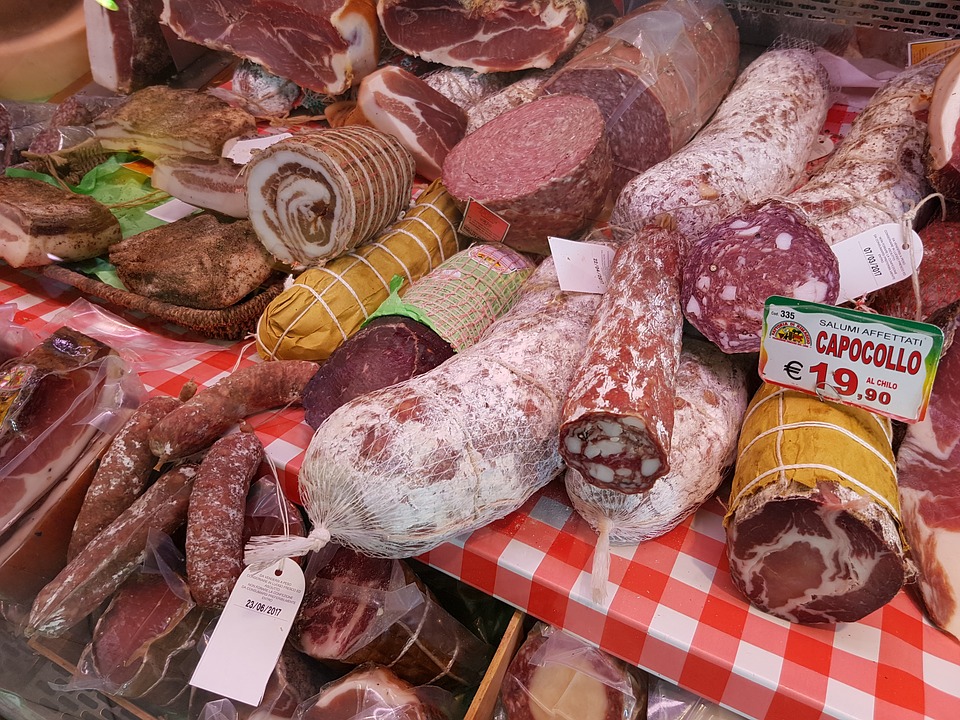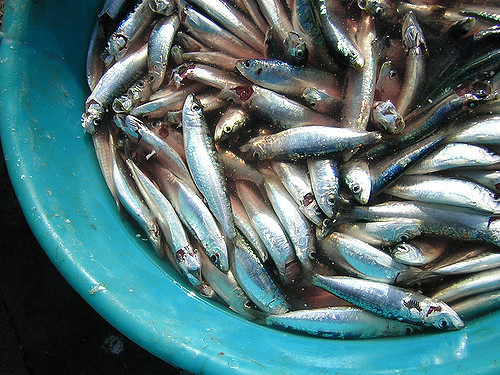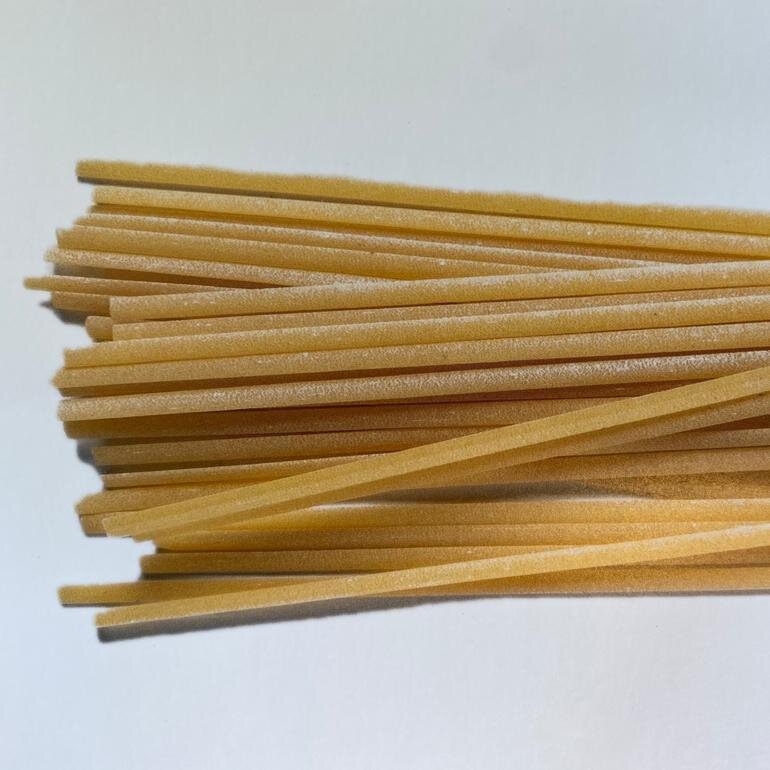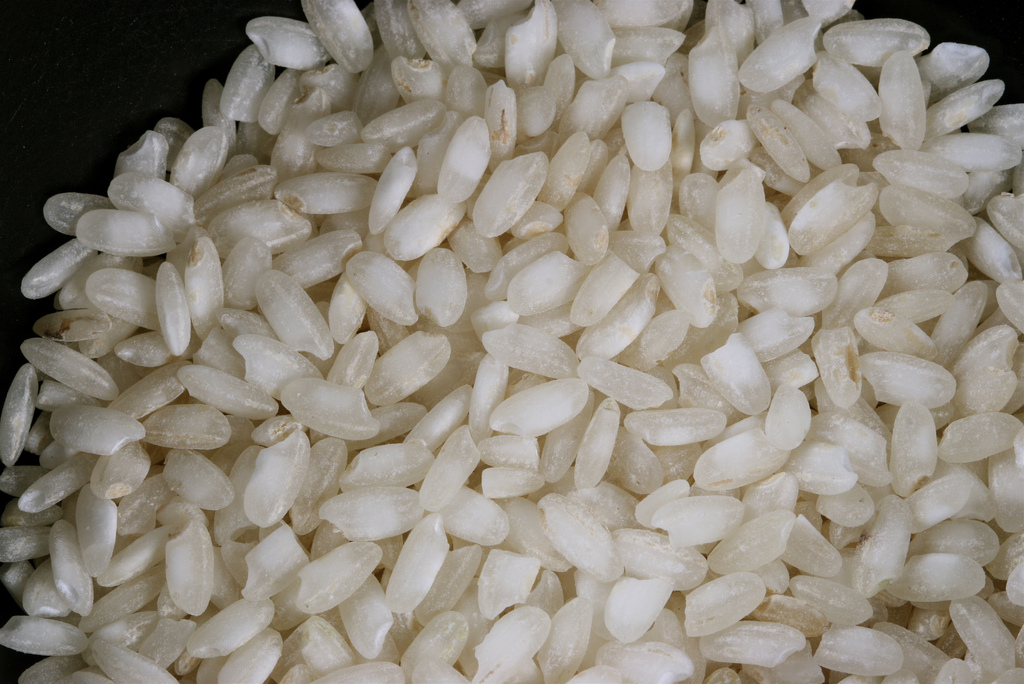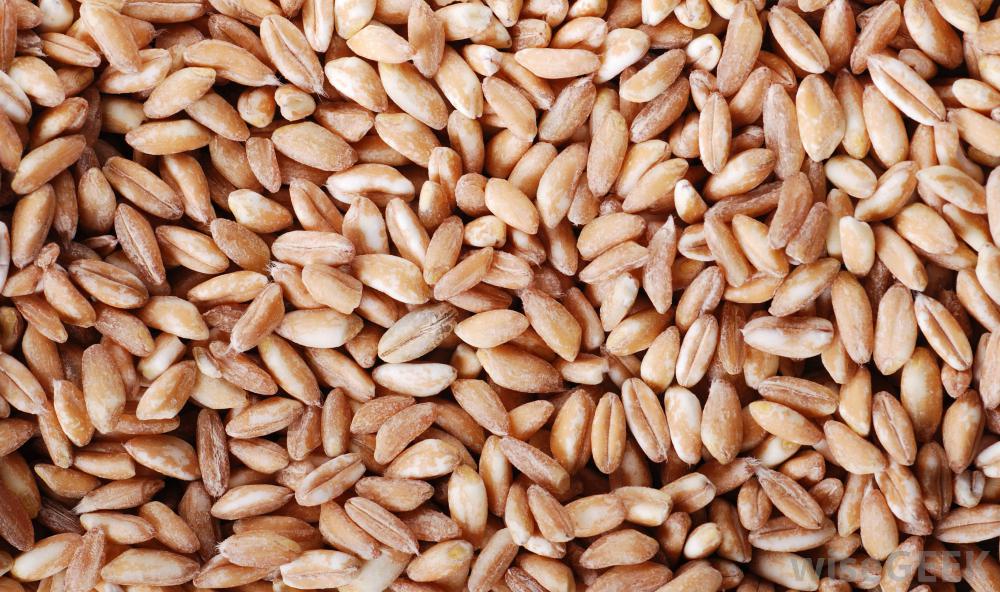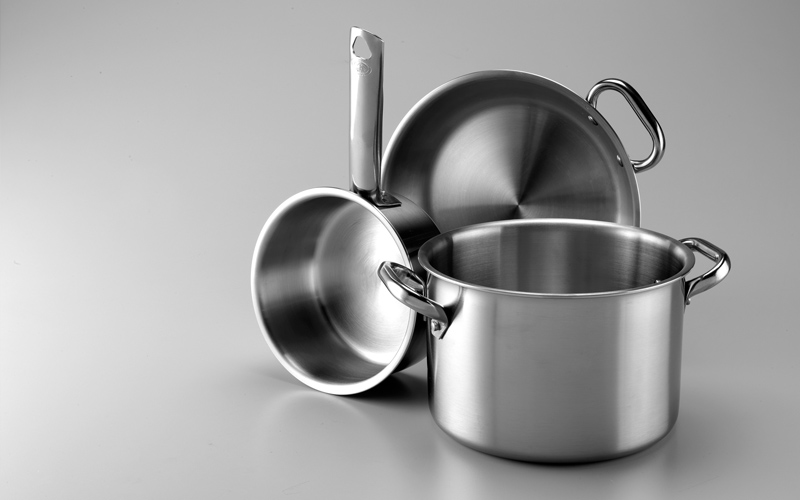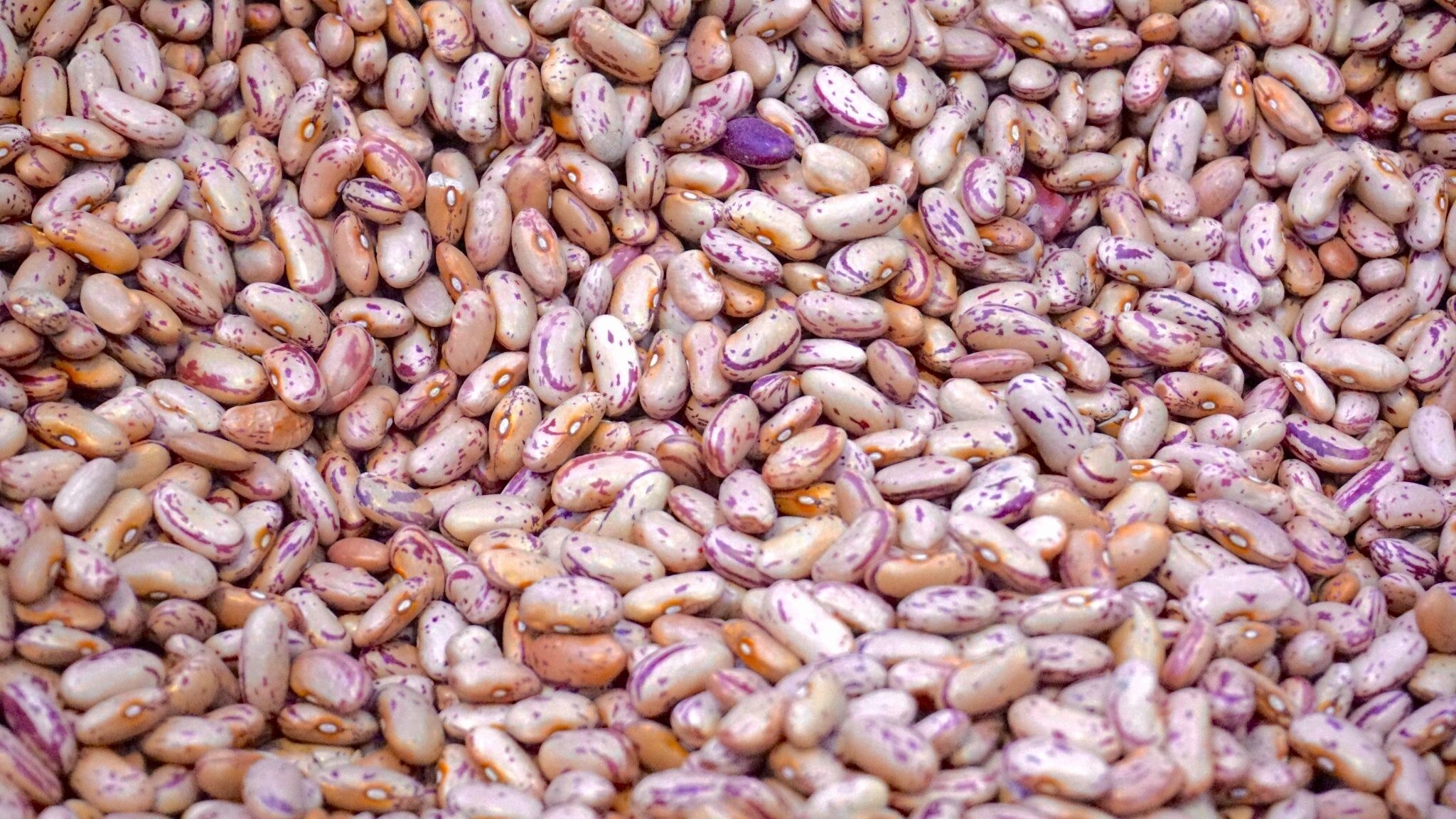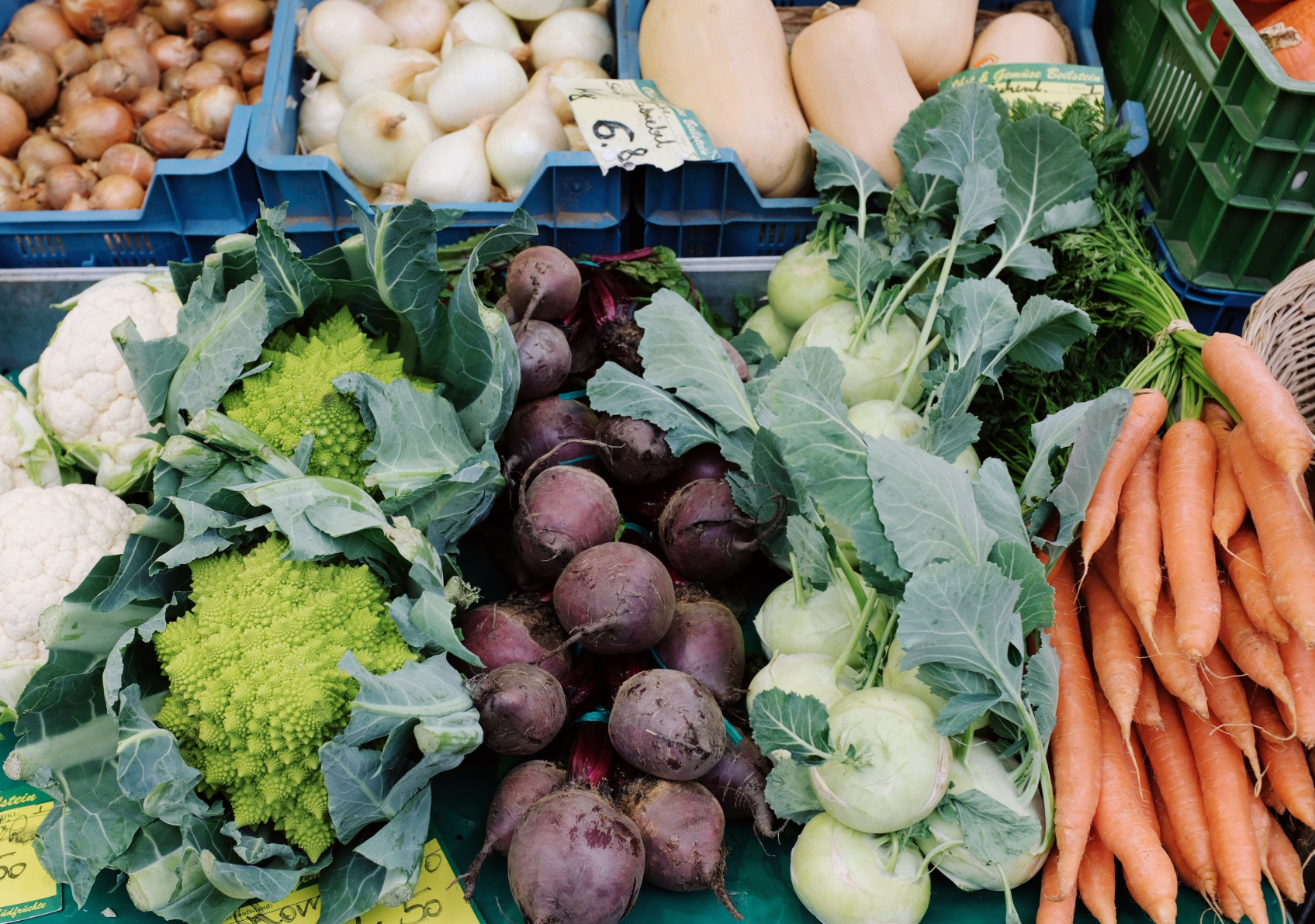All about farro and a source in Castelnuovo Garfagnana.
Cultivation in central Italy of the variety of wheat called emmer (farro in Italian, triticum dicoccum in Latin) dates from the Stone Age. The Etruscans ate emmer. As emmer fueled the Roman legions, its use spread throughout their empire. Today it remains an important element in hearty soups found in Tuscany, Umbria and the area around Rome.
The flavor of emmer is somewhere between barley and wheat - sweet with light starch, almost nutty. In the Garfagnana area of Tuscany, north of the city of Lucca, this grain is found paired with beans in the soup minestra di farro, in a salad after being boiled and dressed, or ground into a flour that's used for pasta or cookies.
Mulino del Rancone, in the Tuscan town of Camporgiano, serves many of these dishes. A long-standing farm with an adjacent mill (mulino) on the banks of the Serchio river, today it functions as an agriturismo - a working farm where tourists can stay. Its restaurant, open to non-boarders as well, is wonderful, with terra cotta floors, paper tablecloths and walls decorated with maps and photos of the area. Try their classic minestra di farro or one of the hand-rolled pastas made of emmer and other wheat flours (tordellacci stuffed with meat, or maccheroni strappati - ripped pieces of pasta). Pastry chef Enzo Pedreschi makes desserts and cookies there using emmer, cornmeal and chestnut flours. The Mulino also sells the grain, chestnut flour, dried chestnuts and cookies to take home.
A train from Lucca stops in Camporgiano, 200 meters from the Mulino - a wonderful way to see the Garfagnana are for those without cars.
Mulino del Rancone, Camporgiano, tel. +39-0583-618-670, fax +39-0583-644-146.
May 15, 1996
Also in the Pantry...
Share this article
